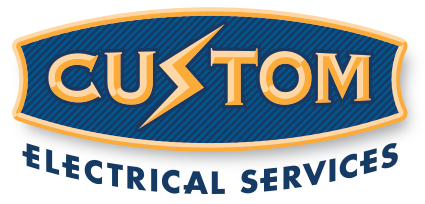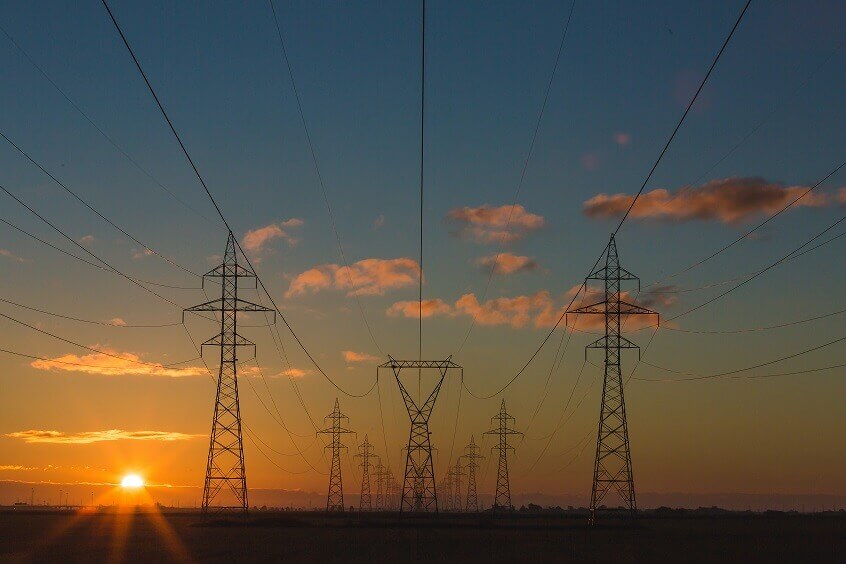There are three main interconnections that together, make up the US power grid. Each interconnection operates mostly independently but shares energy when needed to limit interruptions to customers. Power plants generate electricity and then it moves through a complex network of electricity substations, power lines, and distribution transformers to reach customers. By having multiple pathways for electricity to flow, the reliability of the power system is maintained through the network structure of the interconnections. It currently isn’t cost effective or efficient to store electricity, so it must be used as it is produced. Because of this, the network must react quickly and go to where electricity is in demand and route it to where it is most needed.
Electricity in Iowa
In 2019, Iowa produced 41% of its energy from wind turbines, 36% from coal, 12% from natural gas, 8% from nuclear and the remaining from other sources according to the Iowa Utilities board. By diversifying the production of energy, Iowa has strengthened reliability for consumers. Energy supplies in Iowa, such as wind turbines, can withstand extreme weather and temperatures.
Challenges of the US Power Grid
There are two main challenges to the US power grid: age and weather. The infrastructure of the US power grid is aging but it is a vast undertaking to update that comes with astronomical costs. The other main challenge is weather extremes. Each region faces unique weather challenges that will strain the power grid when they happen. They are difficult to predict and plan for.
Sacrifices for the Greater Good
During a recent cold snap, the system became overwhelmed and electricity output was managed through controlled rolling cutoffs of electrical service. The rolling cutoffs allow for sharing of electricity so that one region isn’t critically impacted. The goal is to prevent people from having long-duration power outages that can have disastrous impacts. It is for the greater good of the entire grid that power is temporarily ceased in areas for a short period of time. Rolling temporary blackouts are a preventative measure to avoid uncontrolled blackouts.
What Can Consumers Do?
When faced with a potential strain on the power grid,during a grid emergency, consumers can take steps to help reduce demand:
- Turn down thermostats a few degrees (if health allows)
- Turn off unnecessary lights
- Unplug unused appliances and avoid using large appliances (like washing machines or ovens)
- Close blinds and drapes to limit energy lost or in summer to keep the house cooler
- Use fans if you have them
- Charge devices and use large appliances outside of peak use times
Emerging Trends
Georgia Tech Research looks at 12 emerging technologies that may power the future. While it is unlikely to see major changes soon, developing new technologies may provide some interesting solutions for the US power grid.
Book an Inspection
To make sure your current power usage is running optimally, contact us to provide an inspection. We can look at your energy efficiency and use. We can make recommendations so you can be best prepared during future outages.
Photo by Matthew Henry on Unsplash



